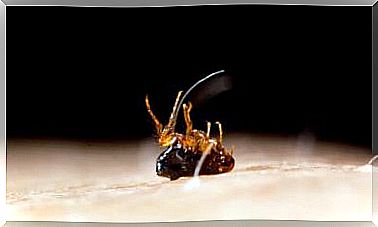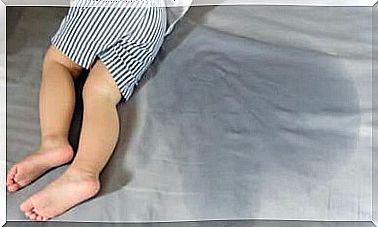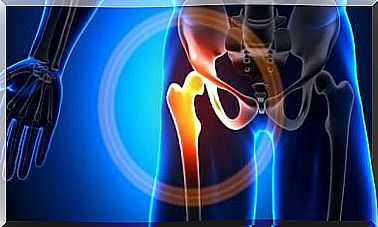Lactic Acid And Its Meaning For Sport
“Lactic acid” is a term that is often used in the medical or sports field. In this article you will find out what importance it has and how it is composed.

” Lactic acid ” is a term that is often used in the medical or sports field. In this article you will find out what importance it has and how it is composed.
Lactic acid or its ionized form, lactate, is a compound that plays an important role in various biochemical processes.
The body tissues that produce the most lactic acid are muscles. After the ingestion of carbohydrates, it is created to generate energy. This process is also known as lactic acid fermentation. Find out more about this particular molecule below.
Lactic acid production

Lactic acid is mainly produced in muscle cells and red blood cells. It forms when the body converts carbohydrates into energy when the oxygen content is low. This oxygen level decreases during vigorous exercise or when the person doing exercise has an infection or illness.
The main source of lactate comes from the breakdown of the so-called glycogen carbohydrate, which releases large amounts of energy. It represents a natural reserve of the organism, which consists of different sugar chains (glucose).
However, the conversion of the glycogen requires oxygen as the process takes time. This means that in situations of increased physical intensity, the cells shorten the process and produce energy by means of lactic acid fermentation. While this is less effective, it is faster.
While some cells can use the pyruvate for energy, others cannot. It is for this reason that the muscles produce the most lactate.
Lactic acid and muscles
Lactic acid is actually a fuel and not a waste material. The muscles produce them specifically with the help of glucose and burn it for energy.
The reason why athletes have so much and long-lasting endurance is because their muscles can absorb lactic acid more effectively through intense exercise . The muscle cells are able to convert glucose into this.
The lactic acid is then used for some cell organelles, the so-called mitochondria, which are responsible for generating energy in the cells.
These mitochondria have a protein to transport lactic acid inside. Therefore, exercising causes their mass to double and more lactic acid to be burned. As a consequence, the muscles work more intensely.
Lactic acid during exercise
Exercise allows cells to adapt better to use more pyruvate so that they produce less lactate. Additional muscle fibers are also used when increasing physical activity.
There is little stress on these fibers when the person is doing light activities or resting. Many of them are quick to activate and do not have much capacity to convert the pyruvate into energy. Therefore, it is often converted into lactate.
The lactate
When lactate is produced, it tries to leave the muscles and enter other areas around it, such as the blood flow or the spaces between muscle cells, where its concentration is lower.
If the process is successful, it may turn back into the pyruvate to be used for aerobic energy production.
The lactate is also used as fuel for the heart. It can also get to the liver to be converted back to glucose and glycogen to start the cycle.
Ultimately, it can also get from one area of the body to another. There is also evidence that certain amounts of lactate are converted back to glycogen within the muscles and not necessarily passed into the liver.









